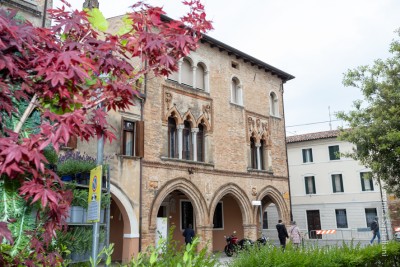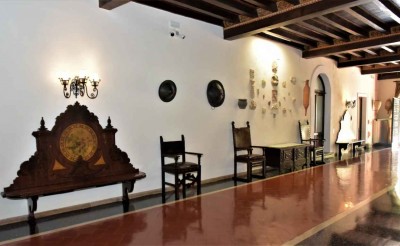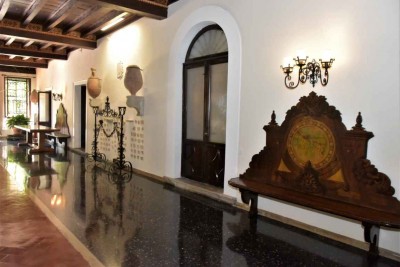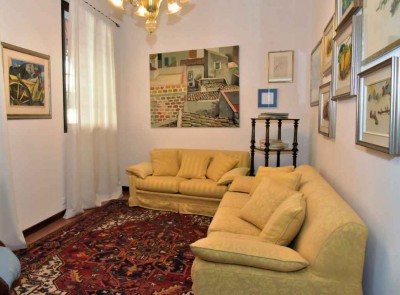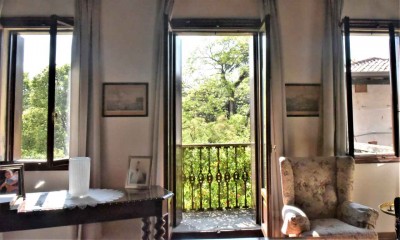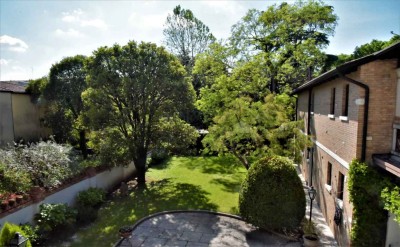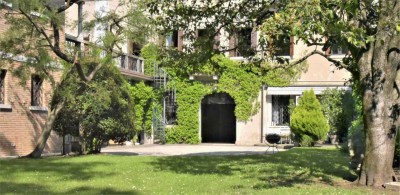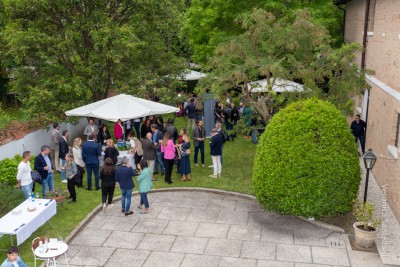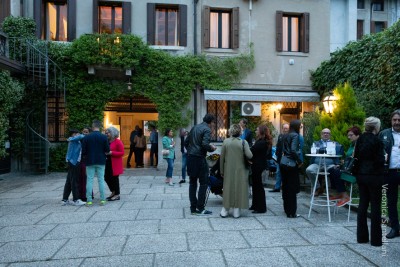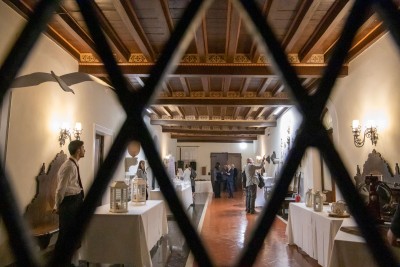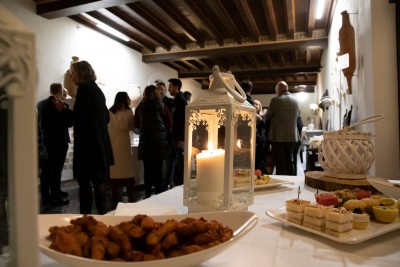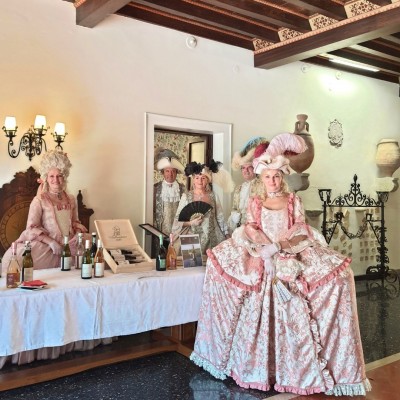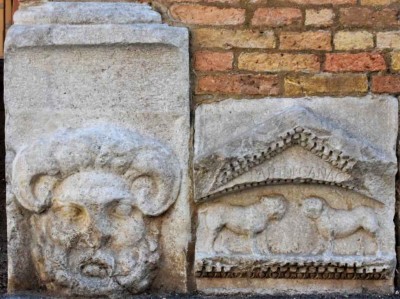Contact the abode
Nestled in the beautiful setting of the town of Portogruaro, Palazzo dal Moro, which dates back to the late 15th century, represents an elegant testimony to Venetian architectural style and tradition.
It is a majestic corner building bordered by the town's main street, Corso Martiri della Libertà, Via Abbazia, the Lemene River and other historic buildings with gardens.
The front of the Palazzo and the corner of Via Abbazia are characterised by the presence of a typical portico with three large arched openings on Corso Martiri and a smaller and differently shaped one along Via Abbazia. The main façade itself is decorated with important historical artifacts from the Roman period, discovered during excavations carried out in the nearby Concordia Sagittaria and surrounding areas. Bifora and trifora mullioned windows further enhance the very elegant appearance of the residence.
The history of Palazzo Dal Moro
We do not have any reliable information concerning the Palazzo’s history, but its design and location would suggest that its first owners were Venetian merchants. The building in fact stands in an important part of the historic centre: it is very close to Porta San Gottardo, from which the merchants’ main thoroughfare or ‘Strada della Mercanzia’ exited, connecting the town with the German-speaking countries lying beyond. During the Middle Ages, this route facilitated the strongly flourishing trade between the northern countries and Venice, and Portogruaro was therefore situated at a very favourable intersection.
The architectural style and layout of the building also support the hypothesis that the initial owners of the residence were merchants from Venice. Even more telling than the external form, the reference to Venetian construction types is evident in its internal layout. The ground floor is divided into two symmetrical parts by a central corridor, onto which some rooms originally used for commercial purposes or storage opened, while the two staircases facing it provided access to the ‘piano nobile’ first floor. The second floor was reserved for the Palazzo’s service activities and included rooms for the servants.
One of the most interesting features of Palazzo dal Moro is that it is one of the most significant examples of the 19th-century cultural phenomenon known as ‘antiquaria’, referring in this case to the reuse of ancient artifacts. During the 19th century, the most prominent families in Portogruaro began collecting and embellishing their homes with archaeological discoveries found on their estates, purchased from museums or local stone quarries. The then owners also subscribed to this trend and not only adorned the entrance hall of the residence with a number of archaeological relics from the Roman and medieval eras, but also permanently embedded many artifacts into the external façade of the Palazzo and the walls of the central corridor on the ground floor. It is possible to observe the impressive collection of antiquities that can be traced back to Roman Coroplastic art from the Republican and early Imperial periods, including transport amphorae containers, vestiges and objects from everyday life and manufacturer's identifying marks on bricks.
Facilities and services at Palazzo Dal Moro
Palazzo dal Moro is available for hire as a venue for hosting private events and offers a list of catering service suggestions and ideas for musical entertainment.
More information:
https://palazzodalmoro.it/
